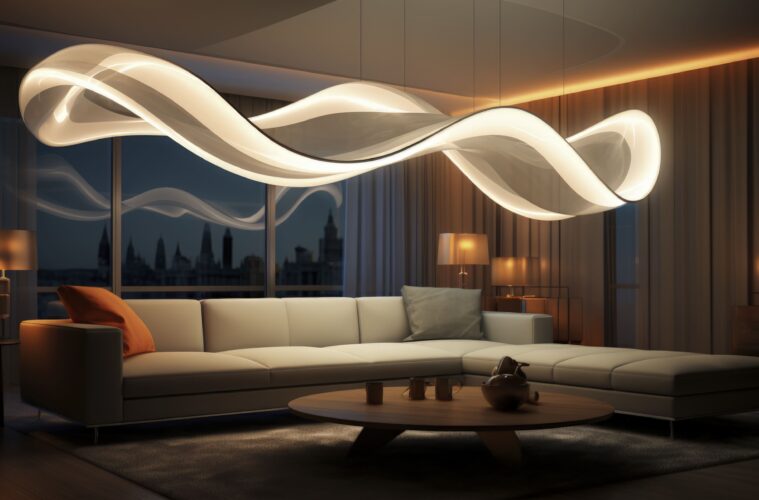Planning your home’s lighting scheme is an essential step in creating a space that is not only functional but also inviting and aesthetically pleasing. Consulting with a professional electrician or lighting designer can be invaluable in ensuring your plan is safe, efficient, and tailored to your needs. A well-thought-out lighting plan can enhance the design of your interiors while ensuring practicality for everyday use. Here’s a comprehensive guide to help you design an effective lighting scheme in nine simple steps.
1. Understand Your Space
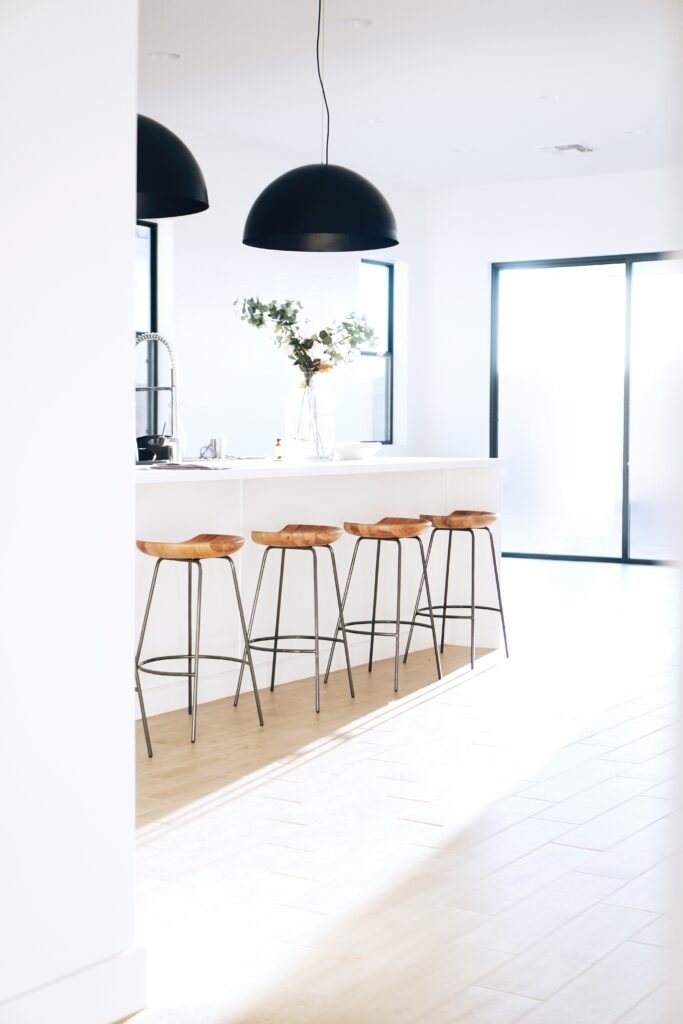
https://unsplash.com/photos/empty-brown-bar-chairs-qPZWOXjUPtI
The first step in planning your lighting is to evaluate each room. Consider how the space is used, the time of day it is most active, and the atmosphere you want to create. For example, a living room may require a combination of ambient lighting for relaxation and task lighting for reading or hobbies. Kitchens, on the other hand, demand brighter task lighting for cooking and food preparation.
2. Define Layers of Light
A well-lit space typically incorporates three layers of lighting: ambient, task, and accent lighting.
- Ambient lighting provides overall illumination and is often achieved with ceiling fixtures or recessed lights.
- Task lighting focuses on areas where specific activities, such as reading or cooking, take place. Examples include under-cabinet lights or desk lamps.
- Accent lighting adds depth and highlights features like artwork or architectural details.
3. Choose the Right Fixtures
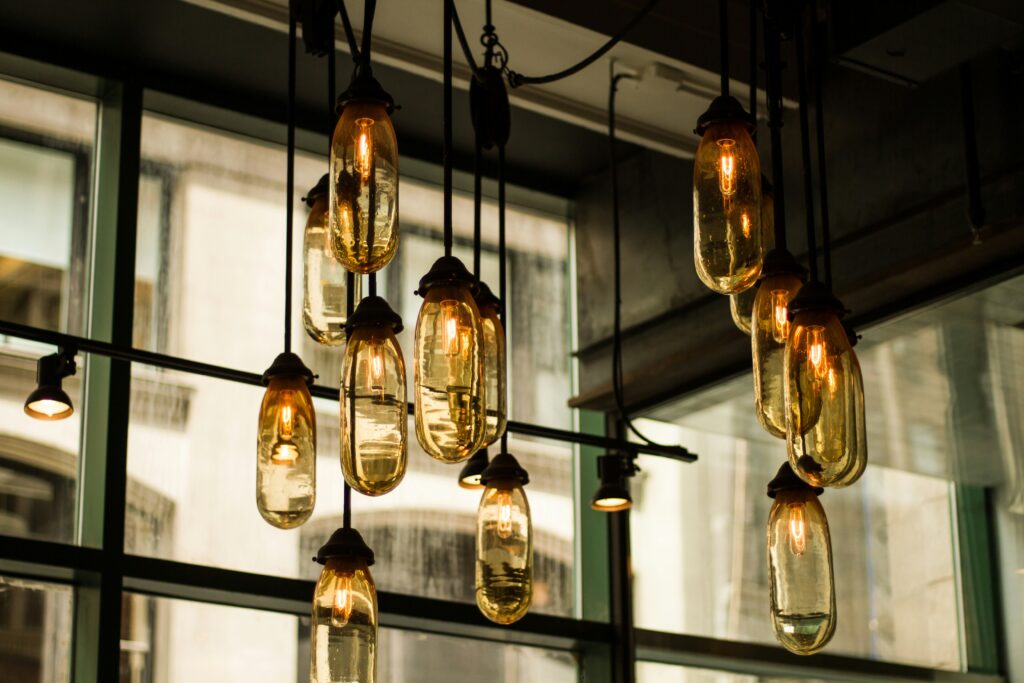
https://unsplash.com/photos/black-pendant-lamps-with-beige-glass-bulbs-yP_8zvXWd_c
Once you understand your lighting needs, select fixtures that complement your space. Ceiling-mounted lights, chandeliers, wall sconces, and floor lamps are just a few options to consider. Each fixture should align with your interior design style, whether it’s modern, traditional, or eclectic.
4. Plan for Natural Light
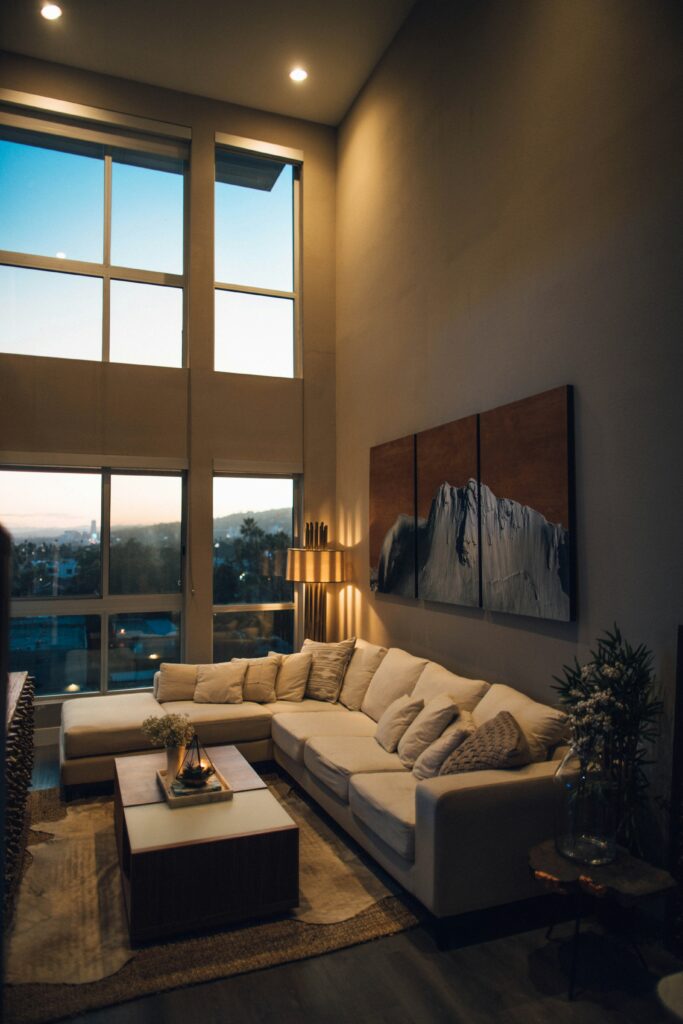
https://unsplash.com/photos/gray-padded-chaise-couch-beside-window-rEJxpBskj3Q
Natural light can greatly influence your lighting scheme. Observe how sunlight enters your home during different times of the day and plan your artificial lighting accordingly. For example, use sheer curtains to maximize daylight while reducing glare, and supplement with artificial lighting as needed in darker areas.
5. Incorporate Dimmers
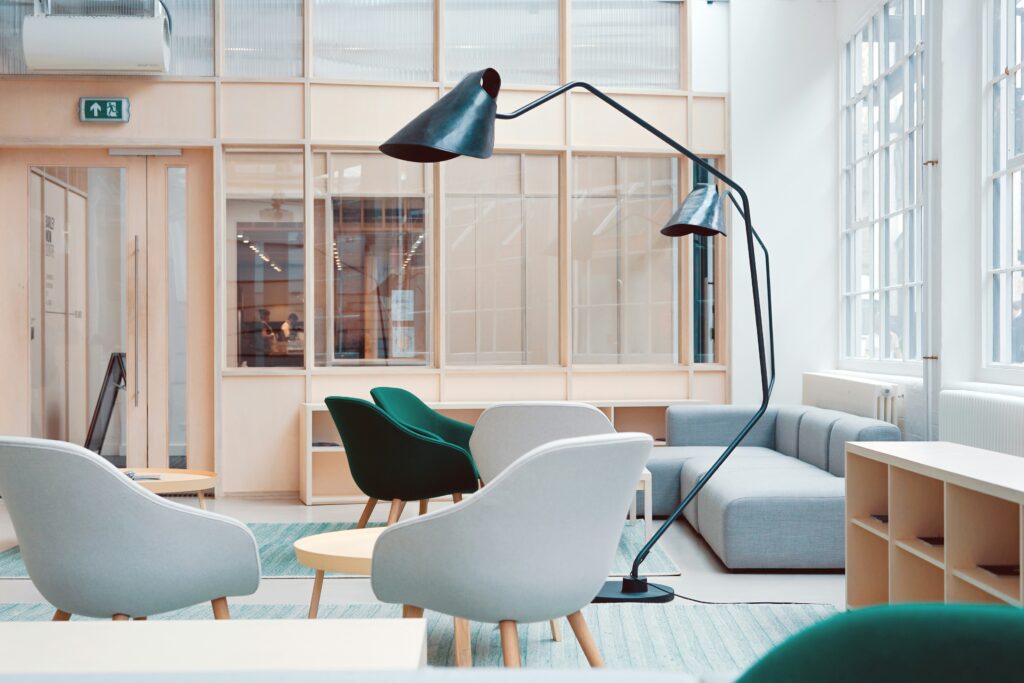
https://unsplash.com/photos/black-floor-lamp-on-living-room-sofa-FV3GConVSss
Dimmers provide flexibility by allowing you to adjust the brightness of your lights. This feature is especially useful in living areas and bedrooms, where lighting needs may change throughout the day. Installing dimmers also adds to the energy efficiency of your home by reducing electricity usage.
6. Prioritize Energy Efficiency
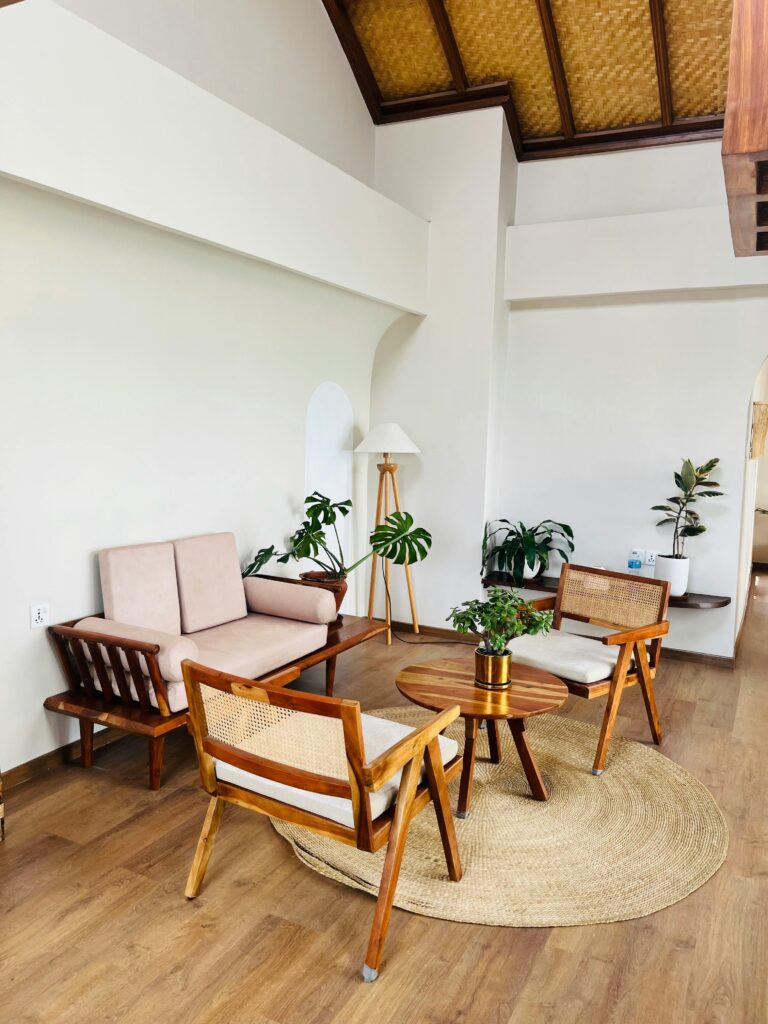
https://www.pexels.com/photo/cozy-scandinavian-living-room-with-plants-28744513/
Opt for energy-efficient bulbs such as LEDs, which consume less electricity and have a longer lifespan compared to traditional incandescent bulbs. When choosing fixtures, look for energy ratings to ensure they align with your sustainability goals.
7. Use Lighting to Highlight Key Features

https://unsplash.com/photos/room-with-glass-divider-and-white-curtain-rSpMla5RItA
Accent lighting can draw attention to focal points in your home, such as a piece of artwork, a statement piece of furniture, or architectural elements like a fireplace. Use wall washers, spotlights, or LED strips to enhance these features.
8. Think About Color Temperature
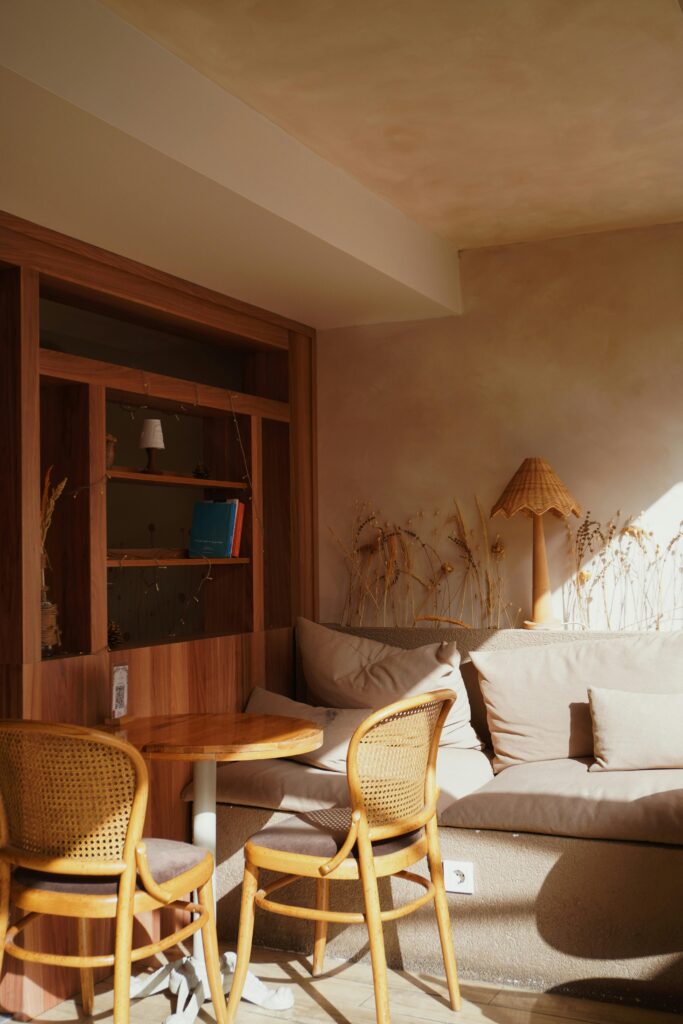
https://www.pexels.com/photo/a-room-with-a-couch-table-and-chairs-27359848/
The color temperature of your lighting has a significant impact on the mood of a space. Warm white light (around 2700K–3000K) creates a cozy, inviting atmosphere, making it ideal for living rooms and bedrooms. Cooler light (around 4000K–5000K) works well in task-oriented spaces like kitchens and bathrooms.
9. Test and Adjust
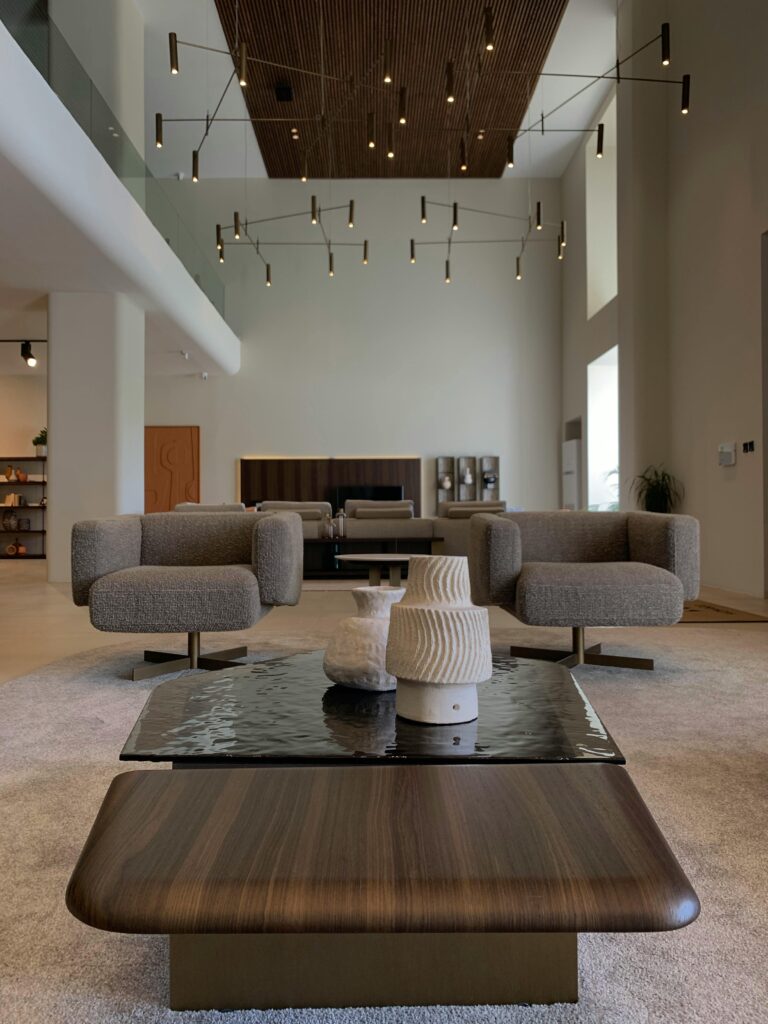
https://www.pexels.com/photo/modern-lounge-with-elegant-interior-design-30196687/
Once your lighting plan is implemented, test it thoroughly. Observe how each room feels during different times of the day and adjust as necessary. You might need to reposition lamps, add additional fixtures, or swap out bulbs to achieve the desired effect.
____________________________________________________________________________
By following these steps, you can design a lighting scheme that enhances the beauty and functionality of your home. Remember that lighting is not just about practicality—it’s also a powerful tool for setting the mood and showcasing your personal style.

